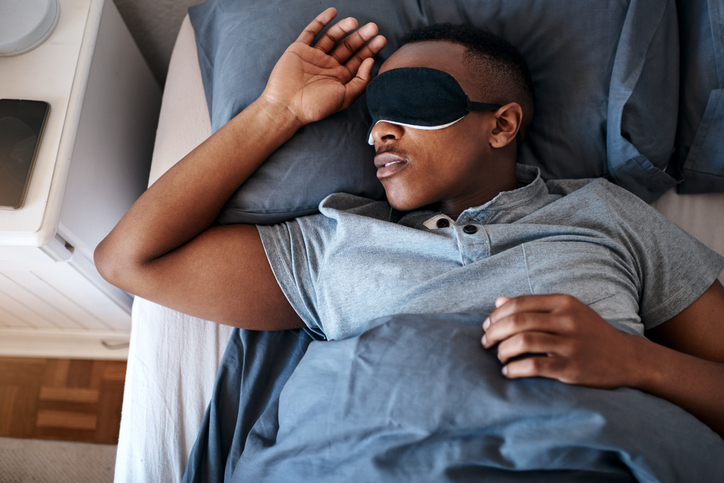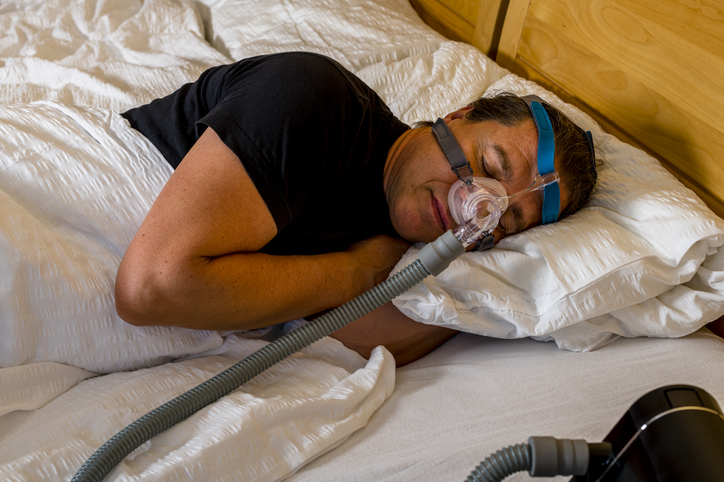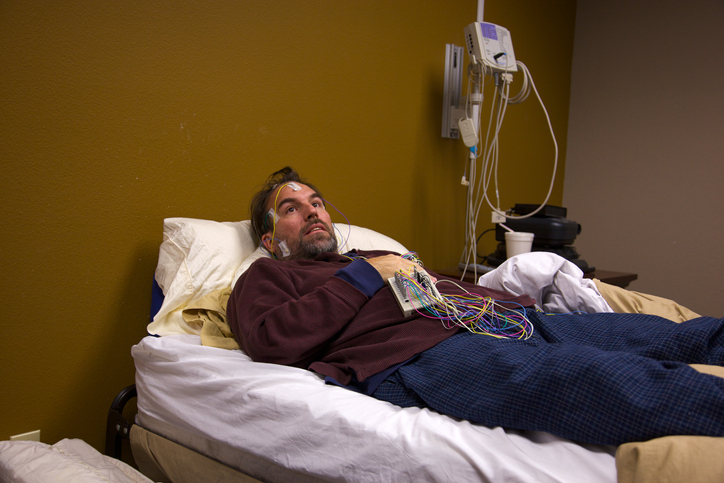Living with Chronic Pain
Tips for Healthy Napping

Do you find this helpful
Print
Share
Save
Taking a nap can reduce fatigue and restore alertness. Naps can also improve mood and even lower blood pressure. However, some naps are healthier than others, depending on the length of the nap, the time of day the nap is taken, and various other factors.
Some tips and tricks for healthy napping include the following:
- Nap in the early afternoon. Between 1 p.m. and 3 p.m. is the best time to take a nap based on typical sleep/wake cycles. Napping any later than this can interfere with the ability to fall asleep at night.
- Keep the nap short. Naps should only last between 10 and 30 minutes. Keeping a nap short prevents falling into a deeper stage of sleep, which can result in grogginess upon waking. Sleeping for too long during the day can also lead to difficulty sleeping at night. Remember to set an alarm to ensure that a nap does not last too long.
- If sleep deprived, take a longer nap. If true sleep deprivation is an issue, a longer nap may be beneficial. However, the nap should only last 90 to 120 minutes. This allows a full sleep cycle to occur during the nap.
- Create the right environment. When possible, nap in a quiet, dark location with a comfortable temperature. A sleep mask and ear plugs may be helpful in a bright or loud environment.
- Allow time to wake up after the nap. Leave some time for any drowsiness to pass before returning to normal activities. A small amount of caffeine, exposure to bright light, or cold water splashed on the face can speed up the waking process.
While naps may have benefits, they are not a replacement for getting adequate sleep. Seven to nine hours of uninterrupted sleep in a 24-hour period is recommended.


















